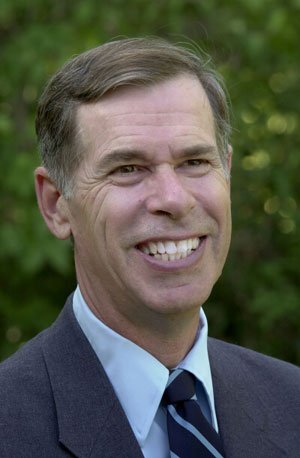by Ron Forthofer
The Daily Camera
January 20, 2013
Here it is 2013 and the United States still refuses, with a few exceptions, to adopt the precautionary principle, a key tool used to protect the public from potentially dangerous products, policies or actions. The essence of this principle is that if there are reasonable grounds for concern about the safety of some product or action, its safety must be scientifically established before the product is released or the action taken. The precautionary principle reflects the idea that “an ounce of prevention is better than a pound of cure.” A key reason for the precautionary principle lies in the fact that once a dangerous product is released on the public, its impact may be irreversible.
Unfortunately, the U.S. approach of allowing potentially dangerous products on the market without an independent scientific verification that they are safe is ass-backwards. In effect, government is permitting an uncontrolled experiment to be conducted on the U.S. public without the public’s knowledge or consent. In scientific medical research here, such uncontrolled experiments are not permitted.
Once a harmful product is released on the market, unless there is definitive proof of damage, the product is allowed to remain on the market, causing even more damage over time. However, given the complexity of our modern life, it is very difficult to show conclusively that a dangerous product is the cause of the problem. Clearly this difficulty demonstrating harm long after the product’s release on the public works: 1) to increase the profits of the corporation that marketed the unsafe product; and 2) against the public interest. Under the U.S. approach, if damage is done, financial reparations are sometimes paid to the victims. However, financial reparations, if they are awarded, hardly make up for events such as the loss of lives or a water supply.
One would have hoped that the U.S. experience with snake oil salesmen during the 19th century would have caused us to be protected from unscrupulous marketers. Nope. Even other examples of harmful products such as lead-based paints, asbestos, DDT, cigarettes and lead additives in gasoline didn’t lead to the adoption of the precautionary principle. Nor did environmental disasters caused by the use of single-hull oil tankers or by deep-water drilling for oil. Nor did the devastation caused by mostly preventable food-borne illnesses. For example, according to a 2011 article in the journal of Emerging Infectious Diseases, each year in the U.S. 31 major food-borne pathogens cause an estimated 9.4 million cases of food-borne illness, 55,961 hospitalizations, and 1,351 deaths.
Note that the public’s financial health is also at risk due to the introduction of unsafe products. For example, consider the incredible damage caused by Main Street with its fraudulent triple-A rated products. Wall Street, abetted by the removal of key regulations, incredibly lax regulation and the abject failure of rating agencies, almost destroyed the world’s financial system. Certainly this crime, probably the largest theft in recorded history, finally forced the government to adopt the precautionary principle? Sadly, the answer was still no.
Surprisingly, former Vice President Dick Cheney was one who pushed the precautionary idea in a very narrow area. According to author Ron Suskind, Cheney advocated the “one percent doctrine.” Cheney wanted military action to be an option if there was even a one percent chance that a terrorist attack with weapons of mass destruction might be launched against the United States. Whether or not a one percent chance qualifies as reasonable grounds for concern is a topic for another day.
Unsurprisingly, Cheney did not support the application of his idea to other issues such as protection of the environment or climate change. For example, there is certainly much greater than a one percent chance that the current method of fracking can cause severe damage to our health, water supplies and the air we breathe. Under the precautionary principle, independent scientific studies would be performed before fracking could be used more broadly.
The overwhelming majority of climate scientists are predicting incredibly damaging and possibly irreversible changes to the climate. Yet the use of the precautionary idea is out the window for one of the greatest threats facing us today even as the evidence of climate change accumulates.
What will it take before this common sense idea is used? Unfortunately a key part of the answer lies with corporate money and power that have captured the government and many of its regulatory agencies, thus preventing government from carrying out its responsibilities. Unless we get money out of politics, the future is very bleak.

